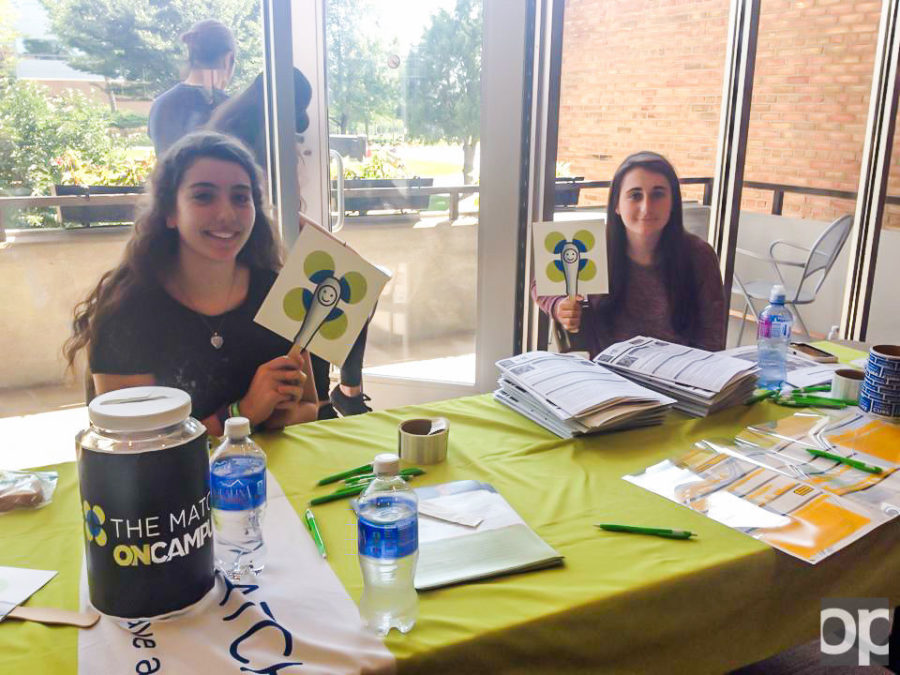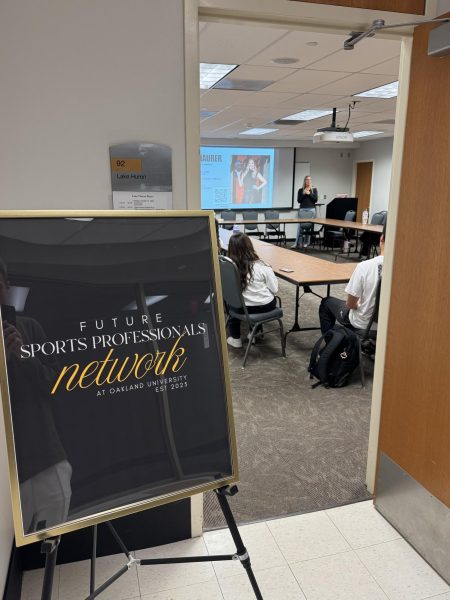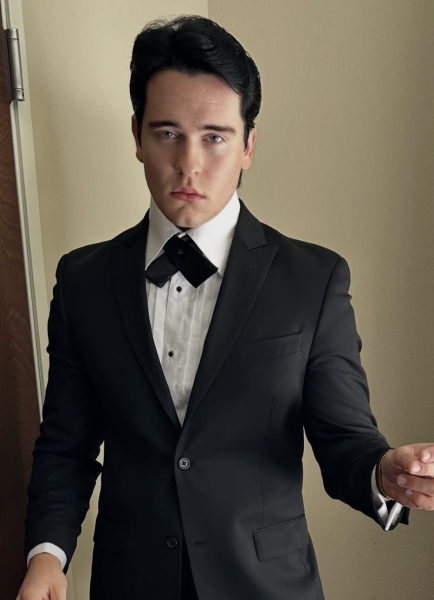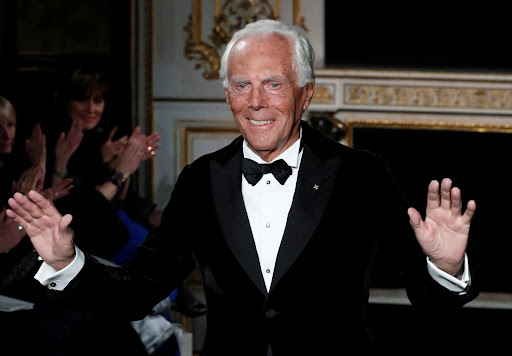Be the Match: donating bone marrow to save lives
On Tuesday, Sept. 15, BEtheMATCH had a booth in the Oakland Center for students to apply to be a bone marrow donor.
When Elizabeth Ulinski was 17, her younger sister Caitlyn was diagnosed with aplastic anemia, which caused a blood cell deficiency and required an immediate bone marrow transplant. Luckily Elizabeth, currently an Oakland University senior studying accounting, was found to be a perfect match and underwent the donation process.
In October 2010, Elizabeth headed to University of Michigan Mott Children’s Hospital to undergo the procedure.
“The transplant process was, quite honestly, very simple,” Elizabeth said. “I went in early in the morning, spent a few hours recovering and was out before evening. I was dizzy from the marrow loss when I woke up, a little sore the next day, but after that, I was back on my feet. It’s such a simple ordeal, and you can save someone’s life by doing it.”
Elizabeth described the process as barely painful and well worth it because she saved her sister’s life.
Following the transplant, Elizabeth’s family became involved with Be the Match, an organization devoted to finding suitable donors for those needing bone marrow.
Bone marrow transplants are for the replacement of unhealthy marrow in those with diseases such as leukemia, lymphomas, metabolic disorders and immune diseases.
According to the Institute for Justice, only 30 percent of patients who need a bone marrow transplant have a matching donor in their family. The other 70 percent rely on work of organizations such as Be the Match to find suitable donors and expand the donation registry.
In order to donate, one must sign up for the registry with an organization like Be the Match. Signing up for the registry requires a simple cheek swab from the possible donator.
The specific protein markers found on the cheek swabs of the donors, or human leukocyte antigens (HLA), are compared with those of the patients who need a donation in order to find a match.
Following this, donors have to undergo a physical exam, sign a consent form, attend an information session, give blood samples and update their health information, according to bethematch.org.
After this, all that is required is the donation, in which a doctor will take either stem cells or the bone marrow from the donor’s bones.
According to healthline.com, the procedure is done by first applying a local anesthetic to the back, then making a small incision for a hollow needle to pass through and eventually go into the bones to collect the marrow.
The surgery itself is simple, and as Elizabeth stated, gives you the chance to save a life.
Oakland University held a bone marrow donation drive through Be the Match Sept. 15-17. Elizabeth urges people to be aware of drives like this, which can save numerous lives.
According to Be the Match, in 2014, donors helped 6,300 patients receive bone marrow transplants.
If you are interested in being a match and saving a life, please visit bethematch.org or follow @bethematch_ou on Instagram.










